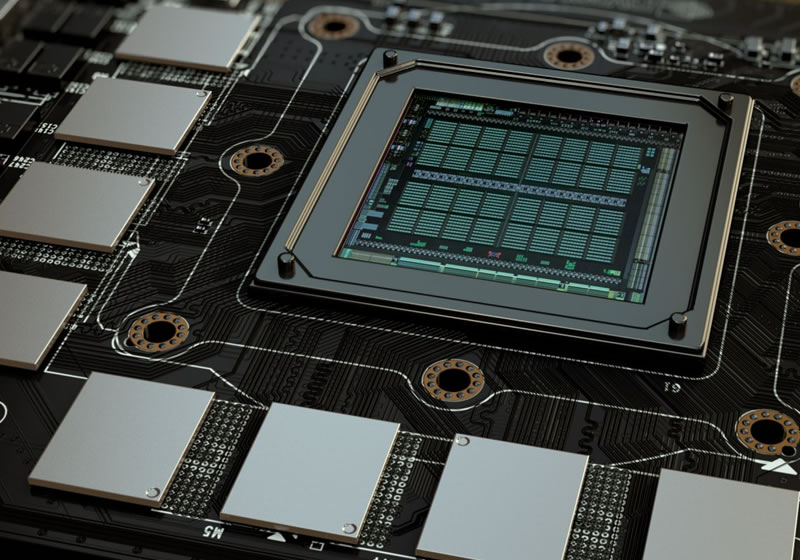Since publishing our annual graphics card roundup, we've received several reader inquiries regarding the performance difference between GPUs sporting 2GB and 4GB. Therefore we have put together a clock-for-clock comparison of the GeForce GTX 960 and Radeon R9 380 using 2GB and 4GB cards. Also along for the ride is the previous-gen Radeon R9 290 4GB and the newer (rebadged) R9 390 8GB, which have again been compared at the same clock speeds.
For testing we'll be using eleven games including new titles such as Tom Clancy's Rainbow Six Siege, Star Wars Battlefront, Just Cause 3, Assassin's Creed Syndicate and The Witcher 3: Wild Hunt. All games have been tested at 1920x1080 and 2560x1600 using two graphics quality settings.
First we will look at a max VRAM usage scenario using the best in-game graphics quality settings, which we expect to be borderline playable on the mainstream GTX 960 and R9 380 with console-like 30fps. Then we'll be backing off the quality settings a bit for a more realistic and desired gaming scenario.
